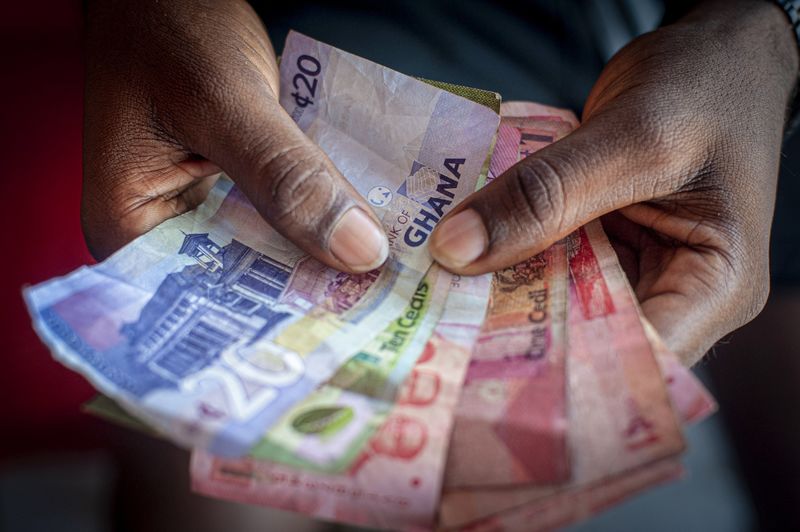Uganda's Economic Struggles Highlighted at IMF Meeting
The Spring Meetings of the International Monetary Fund (IMF) and the World Bank in Washington D.C. provided an economic overview of Uganda, highlighting both progress and challenges. Attended by key Ugandan financial figures, including central bank governor Dr. Atingi-Ego and Secretary to the Treasury Ramathan Ggoobi, the meetings unveiled critical economic indicators.
A significant disclosure was the World Bank's classification of Uganda as a low-income country, with an estimated average yearly per capita gross income of $1,145 (approximately Shs 4.2 million) for 2020-2023. This underscores the distance Uganda must traverse to achieve middle-income status, translating to roughly Shs 352,000 (around $95) per month before taxes for the average Ugandan. Nearly one-third of the sub-Saharan African population, including many Ugandans, falls below the international poverty line of $2.15 (Shs 7,900) per day.
Despite this, the meetings also highlighted positive momentum. Uganda’s real GDP growth is projected to reach 6.3 percent in 2024, up from 4.9 percent in the previous year, indicating a strengthening of economic activity. However, this growth occurs amid increasing debt vulnerabilities. Uganda’s debt-to-GDP ratio has risen to 51.8 percent in 2024 from 50.2 percent in 2023, raising concerns about long-term fiscal sustainability. The IMF report also noted the increasing reliance of low-income countries like Uganda on domestic debt, which can crowd out private sector lending and hinder growth.
Further concern stems from the decline in Uganda’s international reserves, which have fallen to 2.6 months of import cover in 2024, down from 2.8 months in 2023 and 3.1 months in 2022. This shrinking buffer poses risks to macroeconomic stability, potentially exacerbating issues like inflation, currency devaluations, and financing deficits. The IMF emphasizes that a healthy reserve position is crucial for weathering unexpected shocks.
The IMF documents also revealed persistent deficits in Uganda’s external current account and overall fiscal balance. The current account deficit, while improving slightly to 7.3 percent in 2024 from 8.6 percent in 2022, indicates that Uganda spends more on imports than it earns from exports. The overall fiscal deficit has widened to 5.8 percent in 2024 from 4.9 percent in 2023, signifying that the government spends more than it collects in revenue, a trend reportedly stretching back to 2011.
On a positive note, consumer price averages (inflation) have significantly decreased to 3.3 percent in 2024 from 5.4 percent in 2023, with projections for 2025 indicating a moderate rise to 4.2 percent, suggesting that inflationary pressures are currently under control.
Looking at the broader sub-Saharan African context, Abebe Selassie, the IMF’s African Department director, anticipates a slight easing of growth to 3.8 percent in 2025 and 4.2 percent in 2026, due to challenging external conditions. He also highlighted the likelihood of a further decline in Official Development Assistance to the region. Despite these headwinds, Selassie remains optimistic about the long-term potential of sub-Saharan Africa.
For Uganda, the insights from the IMF/World Bank Spring Meetings offer a critical assessment of its economic trajectory. While the projected GDP growth provides a glimmer of hope, the persistent issues of low-income status, rising debt levels, declining international reserves, and fiscal imbalances require urgent and strategic policy interventions to ensure sustainable and inclusive economic development.











